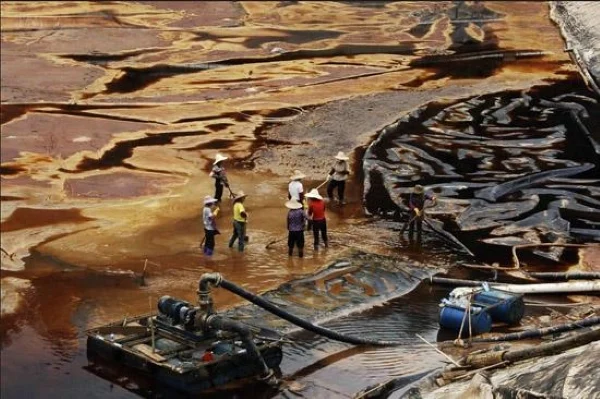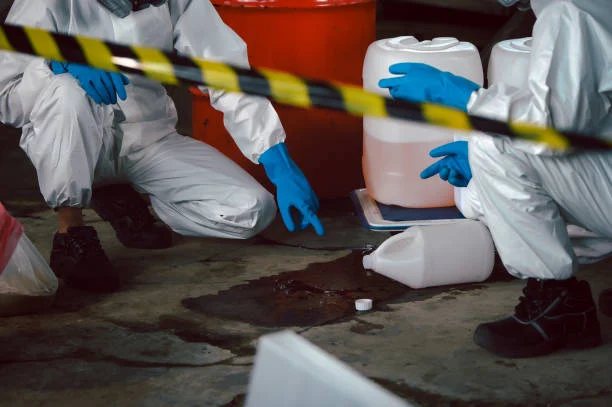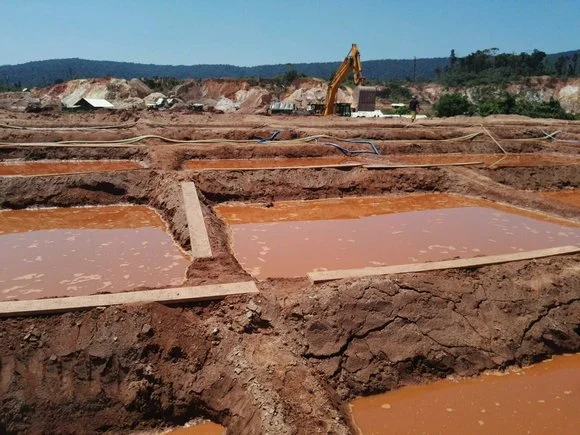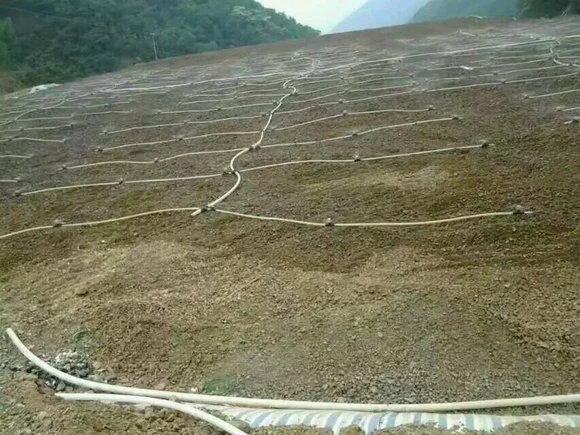
Sodium cyanide is a chemical substance commonly used in industries and laboratories. However, it also has significant ecological implications. In this article, we will explore the environmental impact of Sodium Cyanide and discuss perspectives on its Sustainable Development.
1. Basic Properties of Sodium Cyanide

First, let's understand the basic properties of sodium cyanide. Sodium cyanide is a salt compound with the appearance of a white crystalline solid. It is often used as an extractant for metals and a degreasing agent in the electroplating industry. Additionally, sodium cyanide is employed in certain chemical synthesis processes and specific applications in research experiments.
2. Potential Hazards to the Ecosystem

Nevertheless, the presence of sodium cyanide in the environment can pose potential hazards to the ecosystem. Sodium cyanide is a Toxic Compound. If not properly handled or managed, it may leak into the soil and water sources. This can contaminate groundwater, rivers, and lakes, endangering aquatic life and vegetation. The release of sodium cyanide can also have a negative impact on air quality, harming microorganisms in the air and wildlife.
3. Mitigation Measures
To mitigate the potential harm of sodium cyanide to the environment, several measures have been taken.
Industry Safety Measures: Firstly, for industries that use sodium cyanide, strict Safety Measures should be implemented to prevent leaks and accidents. This includes standardizing storage, handling, and disposal methods to ensure that sodium cyanide does not pose a threat to the environment.
Regulatory Oversight: Secondly, regulatory agencies should oversee and enforce regulations regarding the use and disposal of sodium cyanide. This helps ensure that businesses comply with environmental regulations and reduce the risk of pollution.
4. Environmentally Friendly Alternatives
On the other hand, some people believe that the use of sodium cyanide can be reduced by adopting more environmentally friendly alternatives. For example, research in the field of Green Chemistry is seeking more eco - friendly chemicals and processes to minimize adverse environmental impacts. Some sustainable development perspectives advocate for encouraging research and development of safer and more environmentally friendly alternatives to reduce dependence on sodium cyanide.
5. Conclusion
In conclusion, sodium cyanide is a chemical substance with Ecological Impacts. If not properly handled, it can cause harm to the environment. To reduce this impact, strict safety and regulatory measures must be implemented, and the search for more environmentally friendly alternatives should be encouraged. The concept of sustainable development emphasizes reducing dependence on harmful chemicals to ensure the sustainable development and prosperity of our environment.
- Random Content
- Hot content
- Hot review content
- IPETC 95%Metal sulfide mineral collector Z-200
- Sodium Sulfide Industry Grade 60% 30ppm/150ppm Yellow/ Red Flakes Na2s
- Cyanoacetic acid 99% Powder
- Phosphoric Acid 85% (Food grade)
- Sodium Metasilicate Pentahydrate
- 97% 2-Hydroxypropyl methacrylate
- Di(ethylene Glycol) Vinyl Ether
- 1Discounted Sodium Cyanide (CAS: 143-33-9) for Mining - High Quality & Competitive Pricing
- 2China's New Regulations on Sodium Cyanide Exports and Guidance for International Buyers
- 3Sodium Cyanide 98% CAS 143-33-9 gold dressing agent Essential for Mining and Chemical Industries
- 4International Cyanide(Sodium cyanide) Management Code - Gold Mine Acceptance Standards
- 5China factory Sulfuric Acid 98%
- 6Anhydrous Oxalic acid 99.6% Industrial Grade
- 7Oxalic acid for mining 99.6%
- 1Sodium Cyanide 98% CAS 143-33-9 gold dressing agent Essential for Mining and Chemical Industries
- 2High Quality 99% Purity of Cyanuric chloride ISO 9001:2005 REACH Verified Producer
- 3Zinc chloride ZnCl2 for High Molecular Weight Polymers Initiator
- 4High Purity · Stable Performance · Higher Recovery — sodium cyanide for modern gold leaching
- 5High Quality Sodium Ferrocyanide / Sodium Hexacyanoferr
- 6Gold Ore Dressing Agent Safe Gold Extracting Agent Replace Sodium Cyanide
- 7Sodium Cyanide 98%+ CAS 143-33-9











Online message consultation
Add comment: